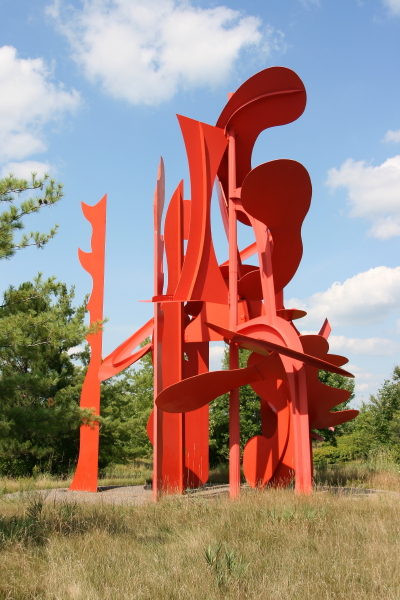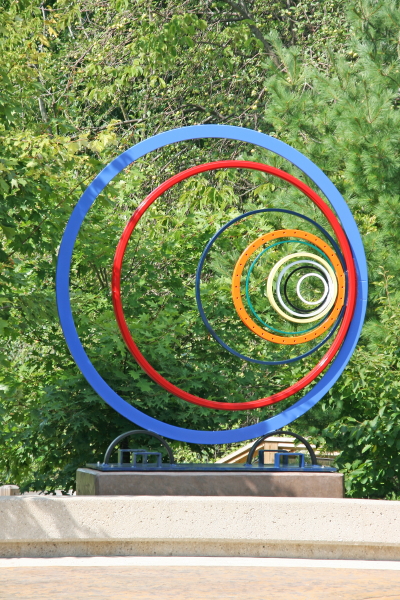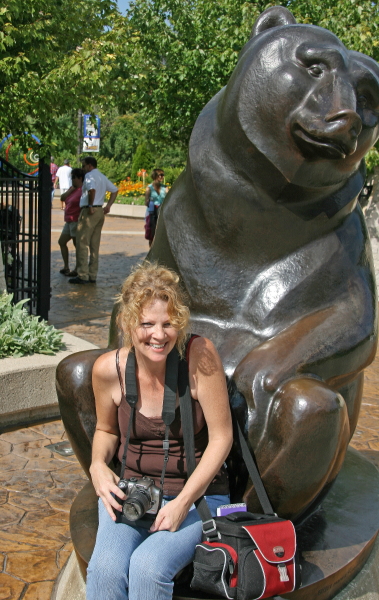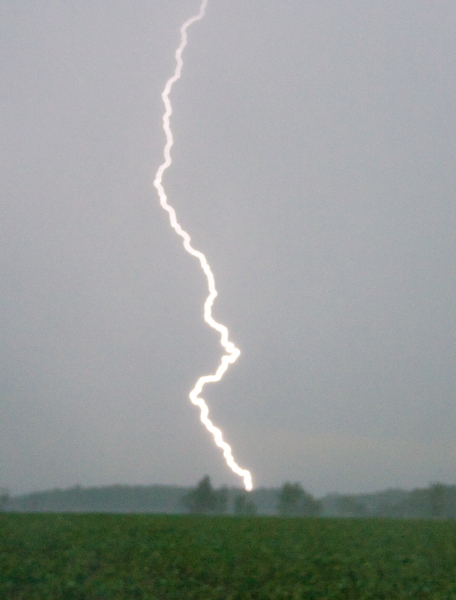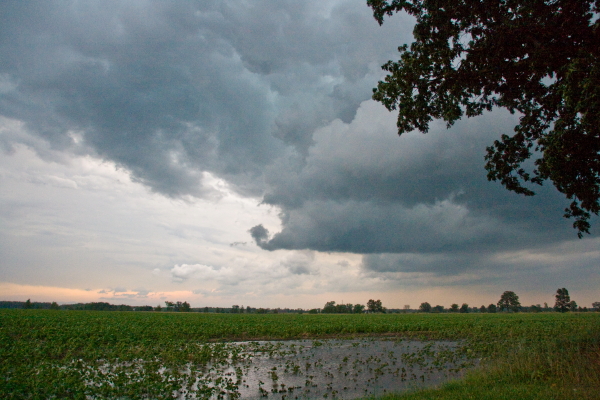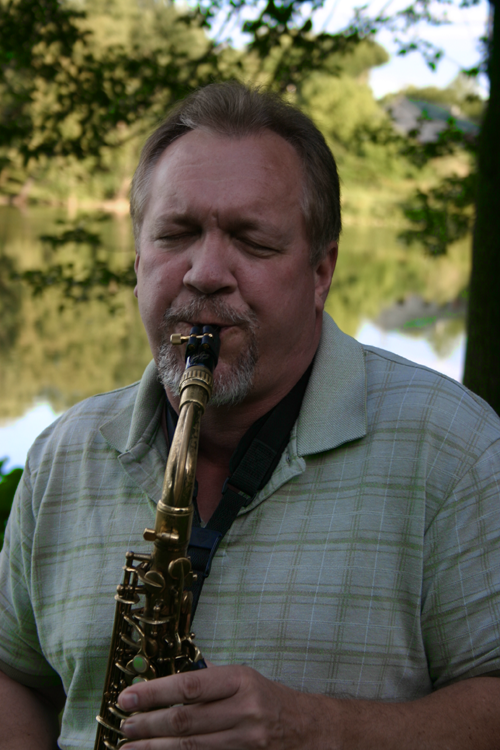When it comes to alto sax players, Kenny Garrett sits in the tiptop echelon of exciting contemporary voices. The man not only has formidable chops, but a deep understanding of how to use them to generate consistently electrifying performances.
This YouTube clip features Kenny playing with Miles Davis in Paris. As high-energy as the music is, I find the unspoken connection between the two men–the jazz patriarch and the keeper of the flame–to be almost as fascinating as Kenny’s solo. Davis appears mesmerized by the sax warrior’s unrelenting barrage of ideas, and Kenny seems inspired by the presence of the Legend. Whatever the dynamic actually was, evidently sparked by some microphone problems that Garrett was experiencing, the result is unquestionable. There’s a whole lot of music going on here.
I love Kenny’s use of sequence, repeated tones, and motifs as organizational devices. And check out his tone splitting toward the end of the solo. In every respect, both technically and conceptually, the guy is an absolute master. Wish I could get my arms around just half of what he’s doing!
